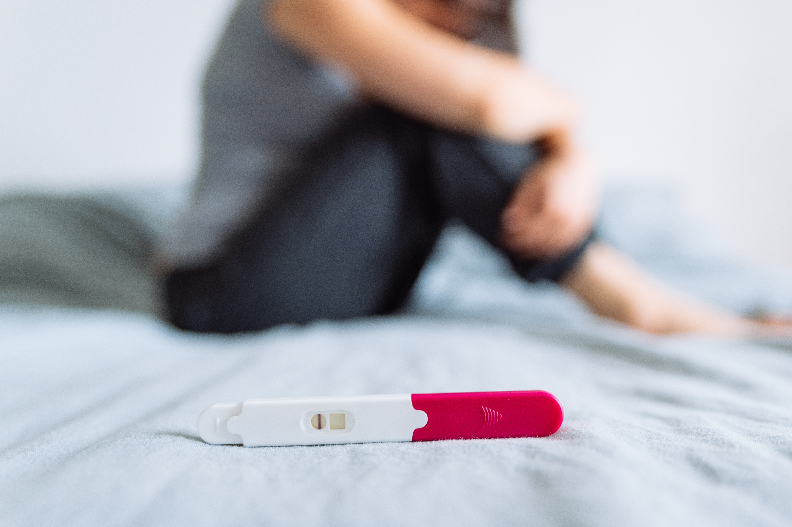June is World Infertility Month, and we want to do our part to spread awareness about the struggles couples face around the world when trying to grow their family by having children. According to the National Health Statistics Report, one in eight U.S. couples experience infertility, or the inability to be pregnant after trying for 12 consecutive months. If you or someone you love has experienced infertility, you likely know the scientific realities and emotional strain that it causes. If not, it may benefit you to learn more about infertility so you can grow your awareness, support, and compassion for those who are currently experiencing it. We’ve gathered 5 important things to know about infertility:
- Infertility occurs in both males and females equally. Among fertility cases in the United States, 40% are due to male factors, 40% due to female factors, and 20% due to both male and female factors and/or unexplained factors in both genders. Presuming that infertility is always a female or male condition is inaccurate, and likely painful for those experiencing it. Fertility doctors are able to help couples determine the details of their reproductive situation and help to make a plan to address the factors that are preventing pregnancy.
- Age is a significant factor in infertility. Female fertility begins to decline in the late 20s, and deteriorates significantly after age 35. A healthy 30-year-old woman has a 20% chance of conceiving on her own each month. By age 40, that number has dropped to a 5% chance. Male fertility also declines with age. Men over the age of 40 have fewer healthy sperm than men in their twenties.
- Overall health is a factor in infertility. Studies have shown that stress has a significant impact on hormone levels and menstruation. When ovulation is irregular, it can be difficult to determine the best times to try for a baby. Lifestyle and pre-existing conditions can also play a part in fertility issues. It is best for couples trying to conceive to avoid cigarettes and alcohol and to follow a healthy well-balanced diet. There are some conditions that make conception more difficult, including but not limited to Endometriosis, Uterine fibroids, polycystic ovarian syndrome (PCOS), blocked fallopian tubes, and more.
- Fertility treatments are available but expensive. More and more women are making the decision to freeze their eggs in their 20s and 30s. The rate of women who have their first child between the ages of 40 and 44 has doubled in the past 20 years, according to the Center of Disease Control and Prevention. Egg retrieval and storage does not include the process of fertilization or implanting the egg, which is a process called in vitro fertilization, or IVF. This fertility solution has helped many couples conceive, but the price tag is prohibitively expensive for some. The initial cost of one basic IVF cycle can cost between $10,000 and $15,000, with additional cycles averaging $7,000.
- Couples experiencing infertility need our support. Infertility is a lonely road for some, and can lead to feelings of isolation as the pregnancy announcements from friends and family roll in. What can you do? Be mindful of the things you talk about around friends experiencing infertility – keep baby chat to a minimum. Giving them verbal permission to skip baby showers, sprinkles, and gender reveals for pregnant friends or family members helps them to feel seen and understood by you. Listen when they want to talk, and make sure they know that you want to hear all of their thoughts and feelings. Send notes on days that might be harder for them, like Mother’s Day and Father’s Day. These small acts of support will go a long way!
Infertility is no one’s fault, and the pain and loneliness it causes can be life-altering for those that are experiencing it. By building awareness this month, we can create a more compassionate community for our friends, family, and colleagues that are hoping to be pregnant.


